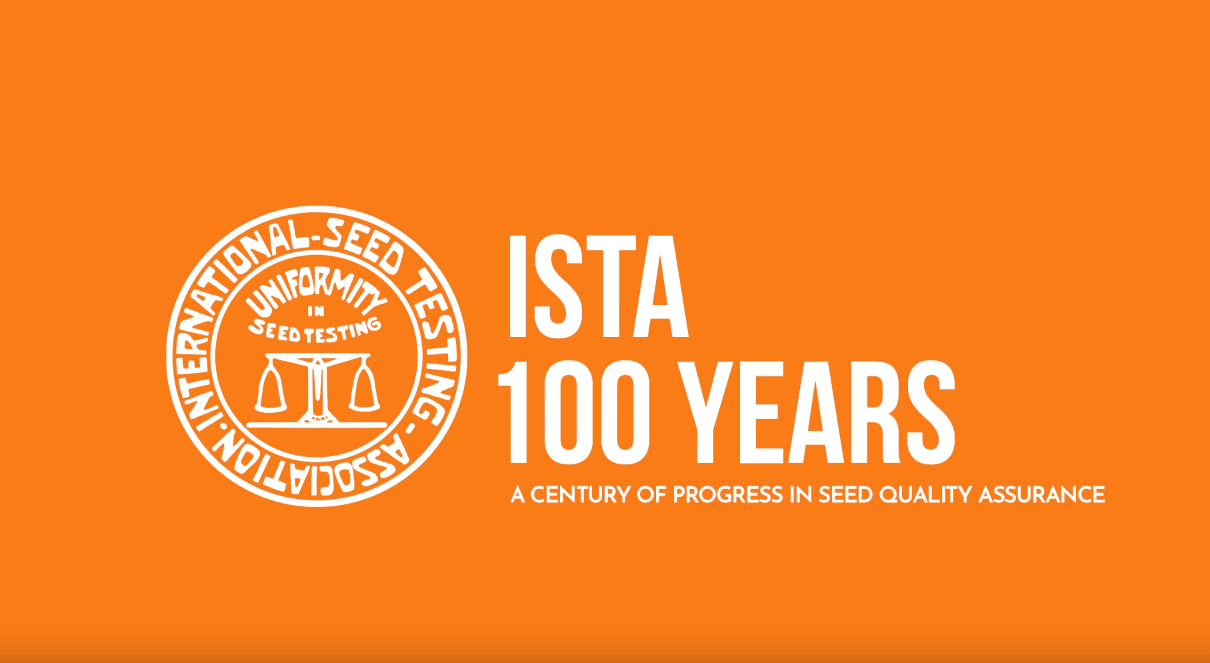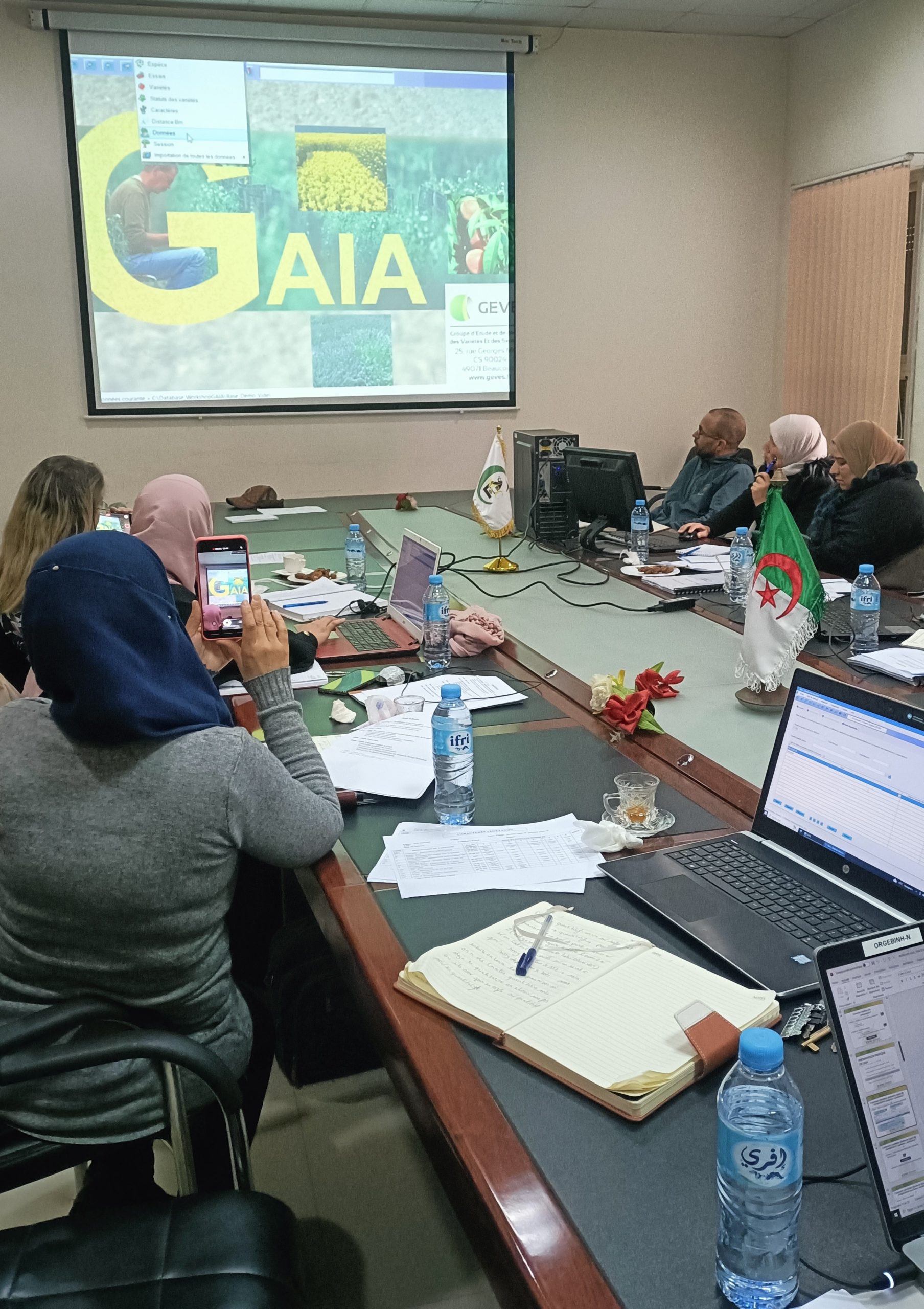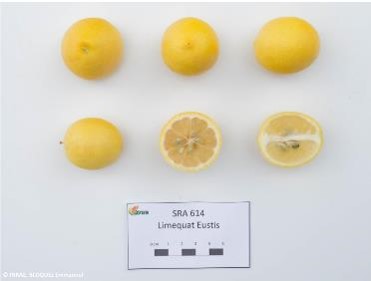News from the CTPS Sections and Commissions – October 2018
To be marketed in the European Union, fruit varieties of species regulated by Directive 2008/90/EU must first be registered. Various options of registration have been put in place in France, depending on the level of production.
Newly created varieties (i.e. marketed for the first time after 30 September 2012) can be registered in the Official French Catalogue or obtain a Plant Variety Right in France or in the EU. Propagating material (plants or seeds) may then be produced as certified material.
As for varieties that were marketed for the first time before 30 September 2012, several options are available in France:
- If the varieties are marketed in the EU, they must be registered on List 2 of the French Catalogue, with an Officially Recognised Description. The application forms will soon be available on the GEVES website, and the cost is covered by the Ministry of Agriculture. Propagating material may be certified.
- For marketing in France with CAC material, the variety must be registered in the Répertoire. The application forms are now available on the GEVES website, and the cost is covered by the Ministry of Agriculture.
- If less than 2000 plants per year per nursery are produced (4500 plants for strawberry), or if the plants are travelling for scientific or breeding purposes, registration is not compulsory.
If you have any questions, please contact the GEVES Fruit team: carole.dirwimmer@geves.fr and baptiste.lederer@geves.fr
In November 2016, an application was filed for a variety of spring pea stated to have good behaviour with respect to Aphanomyces. A special trial was set up in the spring of 2017. Due to conditions of low disease pressure in 2017, it was not possible to measure sufficient contrasts to conclude on the tolerance of this variety compared to cultivars which are already listed. This experiment was repeated in the spring of 2018, this time with 2 cultivars claiming good behaviour with respect to Aphanomyces. These genotypes showed encouraging partial resistance, to be confirmed in the POST network and to be completed with the results in climatic chambers and results from the CASDAR ARMEN project. Caution should be exercised when communicating these first results and should be done initially in the form of an index compiling the results of the various tests.
In recent years, image analysis measurements taken in test networks have made it possible to identify varieties with higher coverage. These results were shared in the VCUS document produced by GEVES. Plants with high coverage could be better adapted to crop production with low inputs and in association with other plants. Work is also being carried out by the CTPS to study ideotypes, coverage and impact on weed species, in connection with the CASDAR RAID project and with an analysis of the possibility of reducing the use of herbicide.
At its meeting on 24 July 2018, the CTPS Cereals Section validated changes in the Wheat VCUS system, which will apply to applications from August 2019 onwards. Currently organised in 2 regions (North and South), the testing system will now include three series of trials based in particular on the early earing of varieties:
- Series 1 for a target category which concerns semi-late types 5.5-6 (North),
- Series 2 for semi-early to early types 6.5-7 (North + Centre),
- Series 3 for early to very early types ≥ 7 (Centre + South).
These developments aim to achieve a better match between registration areas and production areas.
Ecosystem service plants are grasses, legumes and crucifers, which are planted alone or mixed with cash crops. They are used to improve soil structure and nutrient content, to catch and release nitrogen, to control weeds and diseases, and to facilitate crop pollinators and promote wildlife. The CTPS is a major player in agro-ecology development, and is committed to promoting genetic progress for these crops. In 2014, it created an original structure called the Ecosystem service plants inter-sections commission (CISPS). Its purpose is to define a regulatory framework and procedures for evaluating and registering new varieties of cover crops. New varieties or varieties recognised as ecosystem services crops are now published in the French catalogue.
The creation of a cross-sectional committee dedicated to the evaluation of varieties for organic farming is one of the actions set out in the Seeds and Plants for Sustainable Agriculture plan. This commission, set up in 2017, is a forum for reflection and cross-cutting discussion in the CTPS sections. Its purpose is to promote the inclusion of varieties adapted to organic farming. Its missions, in collaboration with all sections of the CTPS, are to:
- identify the needs and shortcomings of organic farming, taking into account all crops in organic production systems,
- develop testing procedures in response to these identified needs, to help include varieties adapted to organic farming in the French catalogue.





